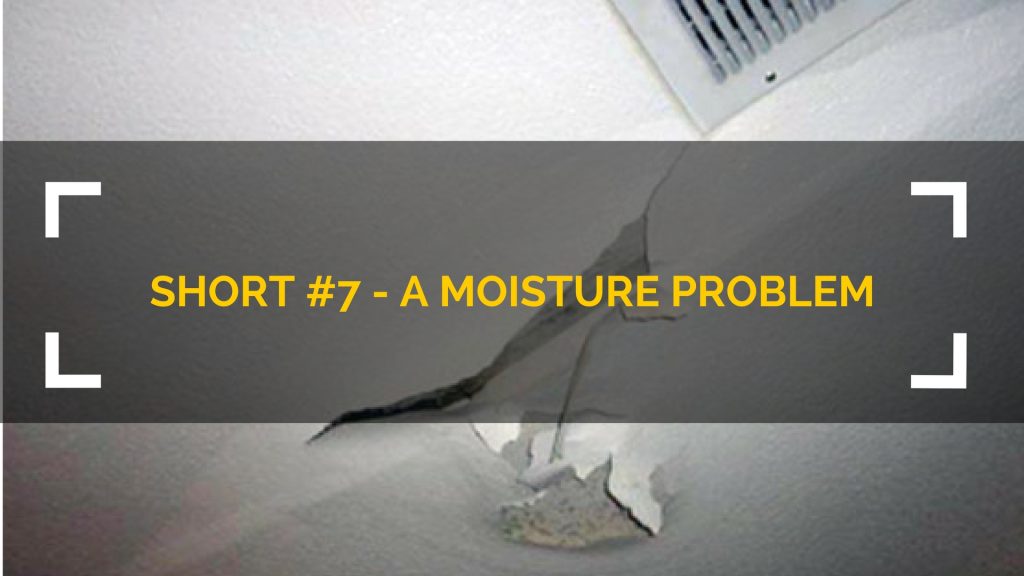Short #7 – A Moisture Problem (Podcast)

In this short episode, we replace a dirty “M” word (mold) with another “M” word (moisture) that gets to the root of the problem.
“Mold” and “mildew” can freak out your customers. For years, I've refrained from saying “mold” at my own company and trained my techs to avoid it AND “mildew.” Instead, we have called it “biological growth” or “organic growth.” Those still aren't great. Just recently, my friend Joe Medosh suggested referring to fungal growth as a “moisture problem” instead.
“Moisture problem” is a fact-based and less disgusting term. We can focus on solutions with indoor air quality (IAQ) to address the overarching issue that causes the growth, not just the nasty growth.
In some cases, parts of the home may hit the dew point in colder temperatures. So, drywall is particularly vulnerable to falling to dew point if the building envelope has been poorly sealed. So, we have a practical means of reducing relative humidity below 55%. We can also seal the envelope better and address potential issues related to infiltration.
A duct with poor or compressed insulation may also be prone to “moisture problems.” We can address those “moisture problems” by properly strapping the duct. In cases when air handlers sweat by an improperly sealed duct, we seal the duct correctly to nip the problem in the bud. In the case of sweating vents, we must analyze the supply air, check the blower fan speed, and look for restrictions. Make sure all components are clean and that you seal up any leaky areas.
Remember, “moisture problems” do NOT occur because hot meets cold! The moisture content and dew point are the key factors, not just a temperature differential.
Author:









Comments
To leave a comment, you need to log in.
Log In